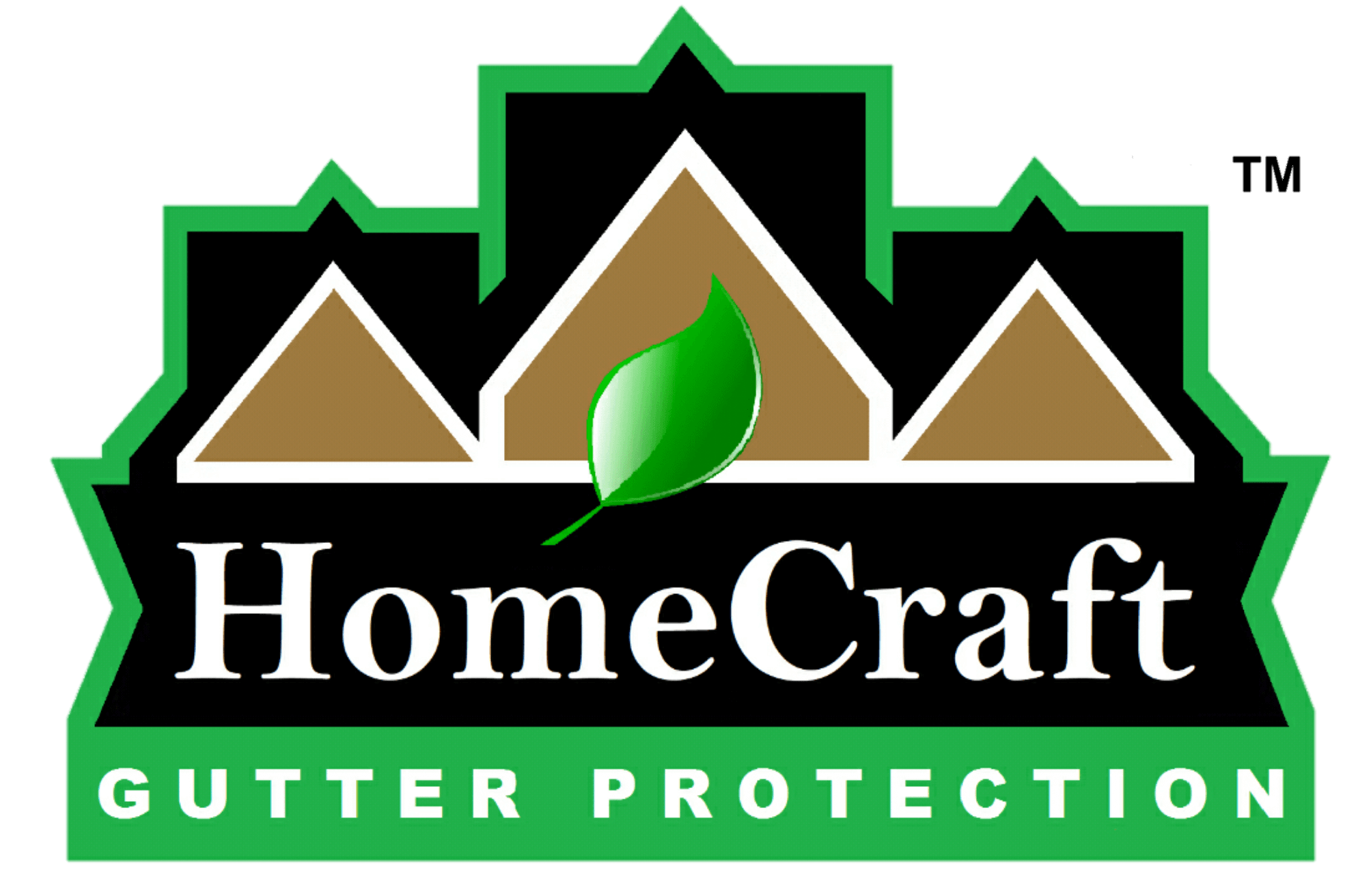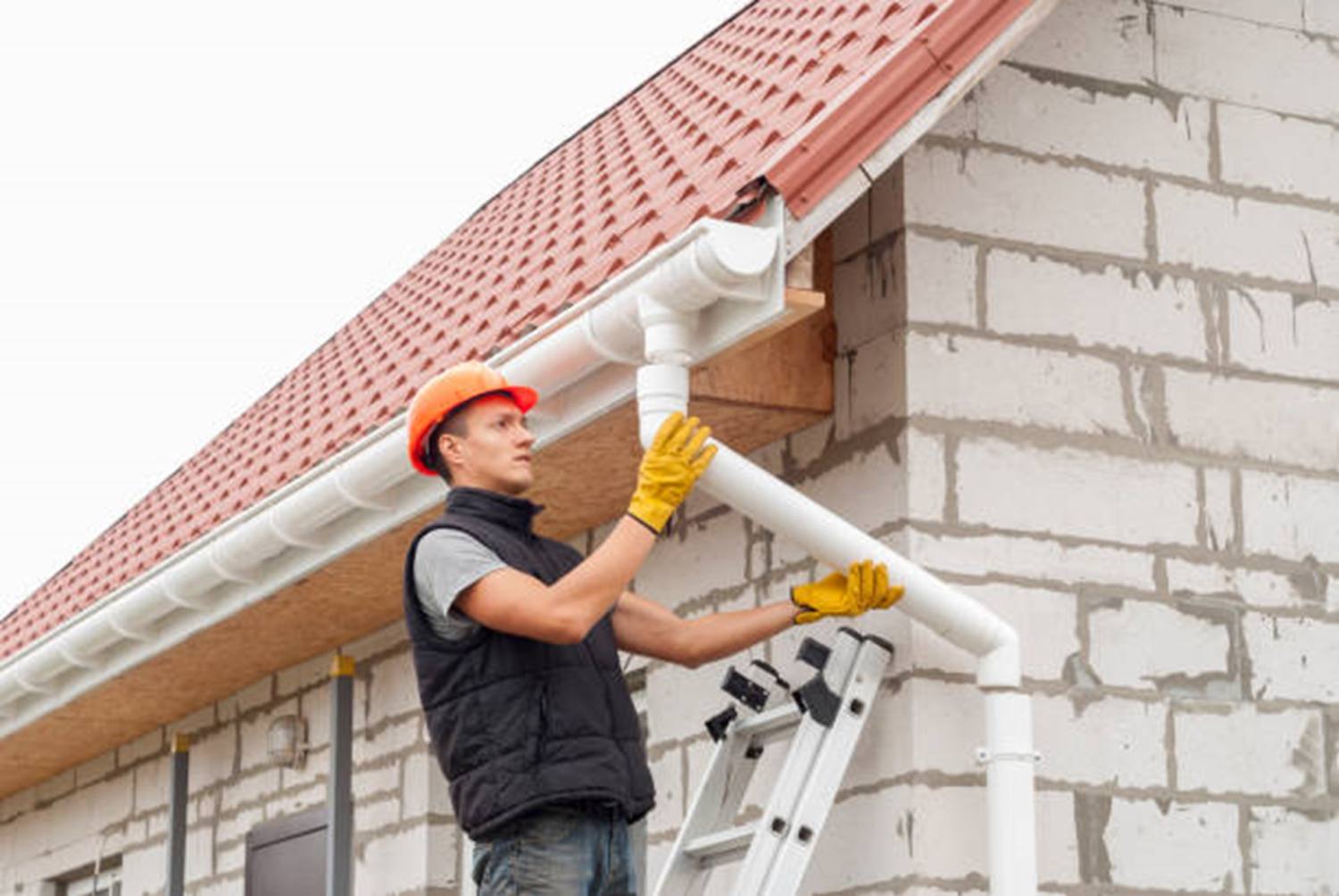On average, homes in the United States will have to manage a lot of rainwater. The nationwide averages of annual snowfall plus rainfall often range from a high of 1618 millimeters (63.7 inches) in Hawaii to a low of 241 millimeters (9.5 inches) in Nevada. Even a slow drizzle that’s spread out during the rainy season may lead to rainwater accumulation in your crawl space or basement. This is particularly true if your home has poor gutter drainage.
So, understanding gutter drainage and the impact of poorly draining gutters is crucial to preventing rainwater damage in your home. Read on to understand an effective gutter drain system, its components, and ways to improve its effectiveness.
Understanding a Gutter Drainage System
When it comes to protecting your property from different forms of water damage, several elements come into play. First, there’s the system that protects your home’s foundation from rainwater (from the roof) – the gutter drainage system. Gutters are generally designed to capture rainwater as it runs from your roof. This prevents it from falling directly to the ground below (near your home’s foundation).
A gutter drainage system takes the rainwater (collected in the gutters) and diverts it away from your home. So downspouts and their accessories are crucial parts of an effective roof drainage system. An effective roof drainage system comprises various components, each playing a pivotal role in safeguarding your property from water damage. These components include;
Gutter Systems
An efficient gutter system is your property’s first line of defense against the relentless onslaught of rainwater. Often underestimated, these systems are an architectural marvel, ensuring rainwater cascading down your roof is directed away from your property. This protects your home’s structural integrity, especially from water-related damage.
In the absence of properly installed gutters, rainwater would flow off your roof, directly hitting the ground below. Over time, the consistent impact and water accumulation can erode the soil around your property. Also, rainwater accumulation near your home can lead to foundation damage that can be extensive and costly to repair.
Contrary to popular belief, gutters are not one-size-fits-all. The size of your gutter system should be proportional to the amount of rainfall your region typically receives. Most gutters installed in the U.S. come in two sizes: five-inch gutters and six-inch gutters. Consult a reputable gutter installation company to determine the correct gutter size for your property.
Five-inch gutters are generally suitable for regions that receive less rainfall. They are adequately equipped to handle the volume of water without overflowing. On the other hand, six-inch gutters are designed for regions that experience heavy rainfall. They have a larger capacity to hold and divert the extra water, preventing potential overflow and subsequent property damage.
Gutter Protection Systems – Gutter Guards
While gutters are the primary line of defense, gutter guards are the unsung heroes of an efficient gutter drainage system. They play a pivotal role in ensuring your gutter system functions effectively and efficiently when it’s needed most. Generally, gutter guards prevent debris from entering and clogging your gutters.
Over time, debris like roof grit, leaves, and pine needles can accumulate in your open gutters. These materials can obstruct the water flow, reducing your gutters’ efficiency and in extreme cases, rendering them completely useless. Remember, clogged gutters can’t help direct rainwater from your roof into the downspouts. Instead, rainwater will overflow and end up causing the damage you were trying to prevent when you installed gutters in your home.
Gutter covers are an efficient solution to this problem. By forming a protective barrier over your gutters, they ensure this debris stays out. This eliminates clogging and the need for frequent gutter cleaning and significantly increases the lifespan of the entire system.
Here at HomeCraft Gutter Protection, we pride ourselves on offering gutter guards designed with efficiency and durability in mind. Our gutter guards use a patented raised screen design that can filter up to 150 inches of rainwater per hour. This capacity is unrivaled in the market. The leaf guards are made of 304 marine-grade stainless steel micro-mesh and a powder-coated aluminum frame. This ensures they can withstand time and weather, lasting a lifetime.
Downspouts
Downspouts are another integral component of an effective gutter drainage system. While gutters capture water as it runs off your roof, downspouts drain this rainwater away from your home. Without a downspout, water collected in your gutters would have nowhere to go. It would eventually overflow, causing the very issues gutters are designed to prevent.
Downspouts ensure that the water captured by your gutters is systematically funneled away, protecting your property’s foundation and landscaping.
Downspout Extensions
The final piece of the puzzle is downspout extensions. Well, downspouts direct water away from your house. But downspout extensions go one step further, draining the rainwater to a safe distance away from your foundation. This is crucial as it prevents any potential backflow of water towards your property, averting water accumulation and foundation damage.
Signs your Home has Gutter Drainage Issues
Sometimes, gutter systems malfunction, and rainwater doesn’t drain properly. The earlier you notice such issues, the easier it is to address them. When left long enough, gutter drainage issues can cause extensive water damage. That means you may end up spending thousands of dollars to fix the damage. Here are signs that your gutter system isn’t draining properly.
Gutter Overflow
One of the first signs that your gutter system might be compromised is gutter overflow. It happens when debris, such as leaves and twigs, accumulate in your gutters and block your downspouts. This causes rainwater to pool inside the gutters and spill over the sides. Overflowing gutters are not just a sign of obstruction. They could also indicate that your gutters are too small or inefficient to handle the volume of water flowing off your roof.
Foundation Cracks
Another telltale sign of gutter drainage problems is the presence of cracks in your foundation. When the ground around your foundation becomes oversaturated due to poor drainage, your foundation may start to show signs of stress in the form of cracks. Sure, small cracks might be a result of normal settling. But those that are one-eighth inch wide or wider are more concerning, particularly if they’re growing. These could signal a more severe drainage issue that needs immediate attention.
Pooling Water near your Foundation
The presence of large, persistent puddles near your home’s foundation is a glaring sign of drainage problems. This could result from clogged or leaky gutters that allow water to accumulate instead of guiding it safely away from your home. Additionally, a downspout discharging rainwater too close to your house could also cause water pooling. During winter, these issues may manifest as unusual patches of ice around your home, indicating a gutter system failure.
Basement Leaks
A flooded basement is one of the most apparent indicators of a severe drainage issue. However, problems in your basement can often be more subtle. You might notice flaky mineral deposits, known as efflorescence, or water stains high on your walls instead of the more conspicuous puddles on the floor. These signs suggest that water is finding its way into your basement, pointing to a potential issue with your gutter drainage system.
Landscaping Damage
Your outdoor spaces can also bear the brunt of gutter drainage issues. When the soil around your home becomes oversaturated due to poor drainage, the excess water will end up in your lawn. It might form trenches in your lawn or wash away mulch, gravel, and other loose materials from your garden. Over time, your plants may become overwatered, causing them to wilt or die.
How to Improve Gutter Drainage
The combination of cool air, warm weather, and humidity across the country is a perfect recipe for heavy rains. That means your gutters must efficiently drain that water away from your home. But if your gutter system is failing, your home is at risk of water damage unless you address the drainage issues you’re facing. Here are gutter drainage solutions you can try.
1. Regular Inspection and Gutter Cleaning
A critical first step in maintaining effective gutter drainage is regular inspection and cleaning. Over time, open gutters can collect leaves, twigs, and other debris, leading to clogs and obstructed water flow. Scheduling regular cleanings can prevent such build-ups. As a seasoned provider of gutter cleaning services, we can help maintain your gutters’ optimal functioning, saving you from potential water-related headaches.
Unfortunately, DIY gutter cleaning is risky because it involves climbing ladders. For instance, you can fall off a ladder or get cut by something stuck in your gutters. Over 164,000 ladder-related injuries are reported every year in the United States. You can avoid such issues by hiring a gutter cleaning company like HomeCraft Gutter Protection.
When you clean gutters yourself, you risk missing some areas along your gutters and downspouts. Missed clogs can result in rainwater backup and overflow. Foundation damage and other forms of water damage will ensue. And if you neglect your gutter system, you could end up replacing the entire gutter system.
2. Installation of Gutter Guards
If you’re tired of frequent gutter cleanings or dread the accidental brush with creepy crawlies, gutter guards are your answer. These nifty installations prevent debris from entering your gutters, reducing the frequency of cleanings and extending your gutters’ lifespan. At HomeCraft, we offer a unique gutter guard system with a patented raised screen design. This ensures unmatched protection and water flow.
3. Extend your Downspouts
Downspout extensions are another effective method of directing rainwater away from your property’s foundation. These extensions can be both above and below ground, offering flexibility in preserving your property’s aesthetics while improving gutter drainage.
Before you purchase roll-out sleeves, dig a trench for underground downspout drainage or install any other downspout extender; step back and assess where rainwater is coming from. The problem could be a poorly installed downspout or sump pump that’s discharging water into a low area. It’s also recommended to consult an expert who knows how to extend downspouts.
4. Wise Landscaping
The trees and shrubs that beautify your property can, unfortunately, contribute to gutter clogs. Broadleaf trees and conifers are notorious for dropping leaves and needles. While you can’t control the shedding, you can control where you plant. Consider placing these trees further from your home to limit gutter debris.
5. Storm Drains and Dry Wells
If you have a storm drain nearby, it’s beneficial to route your downspout water into it. In the absence of a storm drain, consider installing a dry well – a worthy investment to ensure your property’s safety. This gutter drainage requires more work because you will need an underground drain with either PVC pipes or corrugated pipes. These pipes must be carefully placed to drain rainwater from the downspouts to the dry well.
6. Yard Grading
While having a perfectly flat yard sounds ideal, such lawns often cause drainage problems. Even worse, a yard sloped towards your property can cause rainwater to pool around your house. The best scenario is an area that gently slopes away from your house. If that’s not how your lawn is set up, a professional yard grading is recommended.
Improper yard grading can direct water toward your property instead of away. As part of our comprehensive gutter services, we assess your yard’s slope and offer solutions to improve grading, aiding effective drainage.
7. Fill Low Spots around Your Home
Low spots around your property can accumulate water, leading to marshy lawns and potential foundation issues. It’s crucial to regularly inspect your property for such depressions and fill them as needed. Work with a professional who can help ensure your entire yard is gently sloping away from your property’s foundation.
8. Complete Gutter System Replacement
Sometimes, the best solution is a complete gutter system overhaul. Older homes often have outdated gutter systems that are not equipped to handle heavy downpours. In such cases, a complete replacement with a modern, high-capacity gutter system can be the most effective long-term solution. We offer expert gutter installation services, ensuring your new system is tailored perfectly to your property’s needs.
Conclusion
Efficient gutter drainage is not a luxury but a necessity for every property owner. Regular maintenance, smart installations, and strategic landscaping can go a long way in ensuring your property remains unscathed through the harshest of weather. Be proactive, choose wisely, and always remember – when it comes to gutter drainage, an ounce of prevention is worth a pound of cure.
FAQs
What’s the right way to drain gutters?
The most efficient way to drain gutters depends on your home’s layout. Begin by keeping your gutters and downspouts clean to prevent clogging. Alternatively, you can install gutter guards. Then, extend your downspouts to drain water to a safe distance away from your home. Be sure to assess your yard and ensure proper grading.
How deep should homeowners bury gutter drains?
Dig a trench that’s 10 inches deep and 6 inches wide. Your drain pipes will likely be 3-4 inches in diameter, and the line must have at least a 1% slope for efficient rainwater drainage. Note the location of your property’s utility lines to avoid them when digging. It’s recommended to leave this task to professionals – even minor mistakes can be costly.
Where should gutters drain?
Your gutter system must drain at least four feet from your home, but six to ten feet may be preferable. The right length and drainage location often depend on various factors, including ground slope and soil quality. For example, you need a longer downspout extension for sandy soil than clay soil.



